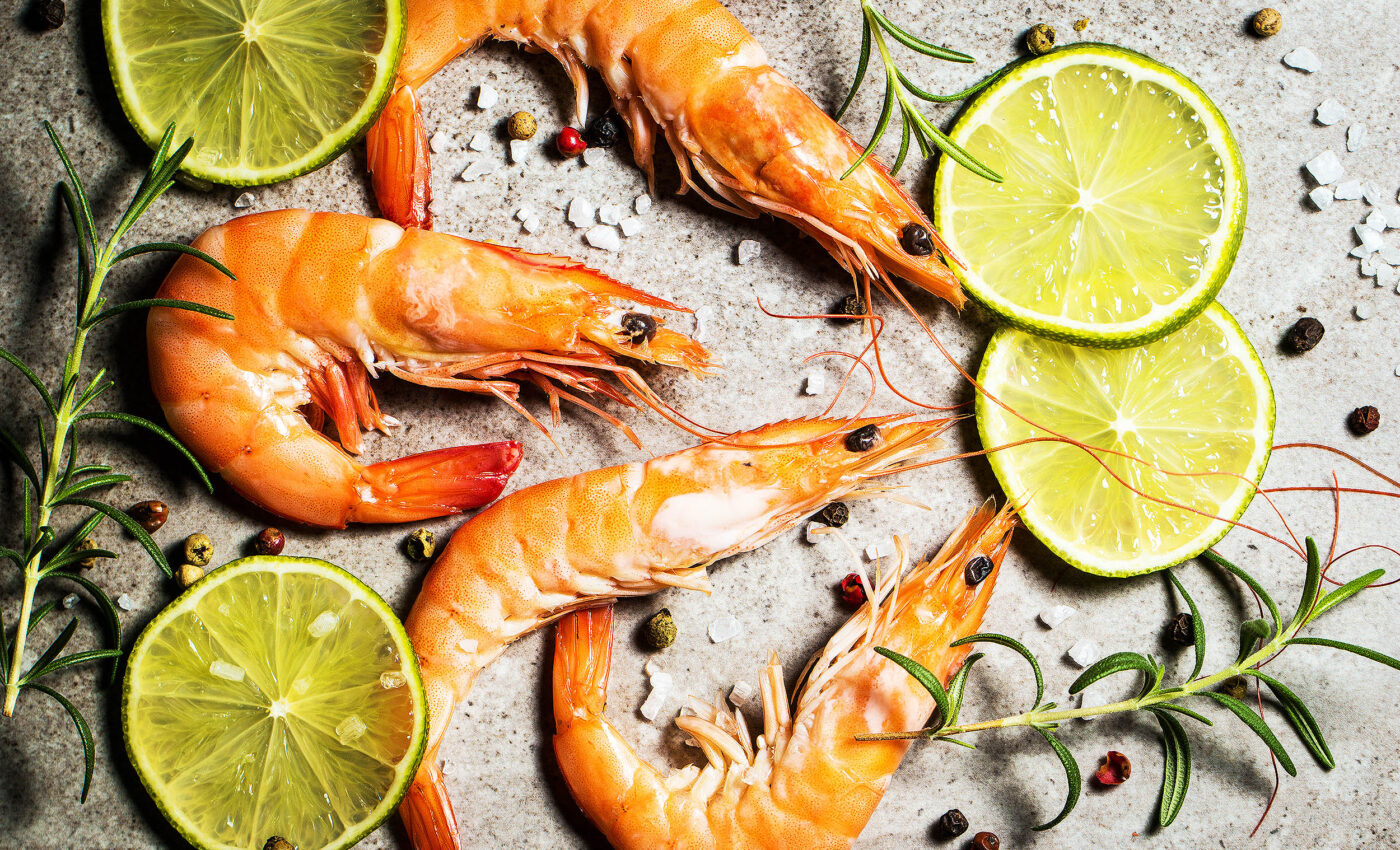
Shrimp proven to be a nutritional treasure packed with antioxidants
A new study has identified potent antioxidative compounds in Northern shrimp (Pandalus borealis), presenting a major advancement in our understanding of shrimp’s nutritional value while revealing compounds with promising health benefits.
This discovery, made by scientists from Memorial University of Newfoundland, could significantly benefit the food and pharmaceutical industries.
Surprising nutritional value of shrimp
Shrimp are known for their rich nutritional profile, packed with proteins, amino acids, omega-3 fatty acids, minerals, and vitamins. However, the shrimp industry faces an environmental challenge. Up to 50% of processed shrimp results in by-products like heads, shells, and tails.
These by-products, particularly shrimp shells, are not just waste but treasure troves of minerals, protein, and chitin. The study brings to light the effectiveness of ethanol as the optimal solvent for extracting antioxidant elements from shrimp by-products.
This method revealed high levels of total phenolic content (TPC) and total carotenoid content (TCC) in the shells. It showcased the remarkable antioxidative properties of shrimp waste.
Novel compounds for healthier futures
Through meticulous chromatographic techniques and mass spectrometry, researchers have identified groundbreaking compounds such as 7-(3-butenyl)-2-hydroxy-6-(1,2,5,6-tetrahydropyridin-2-yl) quinoline and its dihydroquinoline variant.
These compounds demonstrate complex antioxidative mechanisms that could pave the way for further scientific exploration and potential health applications.
This discovery emphasizes the inherent antioxidative qualities in shrimp and shrimp waste while highlighting new opportunities for utilizing these by-products in a manner that aligns with sustainable practices within the seafood industry.
Phenolic compounds give shrimp their nutritional value
Dr. Fereidoon Shahidi, a co-author of the study, stresses the significance of these findings. “The discovery of these unique heterocyclic phenolic compounds not only provides insights into the antioxidative properties of shrimp but also opens new avenues for the utilization of shrimp by-products, aligning with sustainable and waste-reducing practices in the seafood industry,” Dr. Shahidi explained.
He further suggests that structural conformation could benefit from advanced techniques like 3D NMR, which are now more accessible than when the initial research was conducted.
Future of Northern shrimp in health and sustainability
In summary, identifying antioxidative compounds in Northern shrimp (Pandalus borealis) by-products represents a pivotal advancement for both the food and pharmaceutical industries.
This breakthrough from the team at Memorial University enhances our understanding of shrimp’s nutritional benefits and paves the way for innovative, sustainable practices in utilizing seafood waste.
By harnessing the untapped potential of shrimp by-products, the study opens new doors for health research and environmental sustainability, offering promising prospects for future nutritional and pharmaceutical developments.
Through this significant scientific achievement, the potential for a more sustainable and health-conscious future becomes increasingly attainable, demonstrating the power of research in bridging the gap between environmental challenges and health opportunities.
More about Northern shrimp (Pandalus borealis)
As discussed above, the Northern shrimp, scientifically known as Pandalus borealis, is a small yet significant inhabitant of the cold waters of the Atlantic and Pacific Oceans.
Renowned for its sweet, delicate flavor and tender texture, this species plays a pivotal role in marine ecosystems and global seafood markets. Thriving in the depths of up to 1,300 meters, these shrimp favor the chilly, nutrient-rich environments that contribute to their unique nutritional profile.
Ecological significance
Northern shrimp are a keystone species in their maritime habitats, serving as a crucial link in the oceanic food chain. They are prey for a variety of marine creatures, including fish, seabirds, and whales.
Their feeding habits, primarily consisting of plankton and small organisms, play an essential role in the ecological balance by helping to control populations of their prey and contributing to the nutrient cycle in their marine environments.
Nutritional value of Northern shrimp
Pandalus borealis is not just a culinary delight but also a powerhouse of nutrition. As revealed in the Memorial University study above, Northern shrimp are an excellent source of high-quality protein, low in fat, and rich in essential omega-3 fatty acids, vitamins, and minerals.
These attributes make Northern shrimp a healthy choice for consumers looking to maintain a balanced diet. The presence of antioxidants and other beneficial compounds further underscores their value in promoting health and wellness.
Economic impact and sustainability challenges
The fishing of Northern shrimp is an important economic activity in several regions, providing livelihoods for thousands of fishermen and contributing significantly to the seafood industry. However, the demand for this delectable crustacean comes with its set of challenges, particularly regarding sustainability.
Overfishing and changing ocean temperatures pose threats to shrimp populations, prompting the need for stringent management and conservation measures to ensure their survival and the health of the ecosystems they inhabit.
Focus on Northern shrimp (Pandalus borealis) conservation
As research continues to unveil the extensive benefits and challenges associated with Northern shrimp, the importance of sustainable practices becomes ever more clear. Efforts to understand and mitigate the impacts of human activity on their populations are vital.
By fostering a balanced approach to harvesting and consumption, we can ensure that Pandalus borealis continues to thrive in the oceans and on our plates, offering a testament to the beauty and bounty of the sea.
The full study was published in the journal Food Production Processing and Nutrition.
—–
Like what you read? Subscribe to our newsletter for engaging articles, exclusive content, and the latest updates.
Check us out on EarthSnap, a free app brought to you by Eric Ralls and Earth.com.
—–













